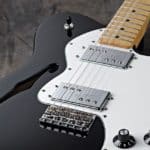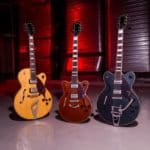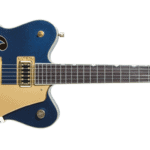These three guitar models are undoubtedly part of music history.
However, for many of us, it isn’t still clear which one is which, and even if these models are different at all.
After some research, I’ve come to a conclusion… It’s complicated.
Leo Fender introduced the Esquire in 1950. Later that year the name was changed to “Broadcaster”. As a result of legal action from the Gretsch Drum Company production models were stripped of the “Broadcaster” decal, and are now known as “Nocasters”. After this, the name was finally changed to “Telecaster” in 1951.
The complicated thing is that it’s very difficult to determine the material differences between these 3 “models” because this was at the very origins of the Fender company, and even of the electric guitar.
This means that it was an experimental period and in the first few months, the name of the instrument was not the only thing suffering numerous changes but the design and specs themselves were being shaped as well.
The Esquire’s history
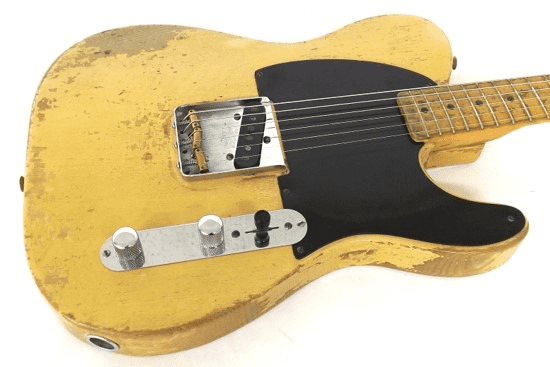
The Esquire was the result of the early exploration years of Leo Fender as a guitar maker.
It was firstly introduced in 1950 and it had an ash body with a maple neck. The original and only color it was shipped in was blonde.
The pickup configuration was simple: Just one single-coil pickup in the bridge. Maybe even simpler was the neck construction because it had no truss-rod.
Fewer than 50 guitars were produced in this first period and many of them were replaced under warranty due to construction problems such as bent necks.
Who would’ve imagined…
Production of the Esquire halted during 1950 just to be restarted a year later.
The Broadcaster’s history
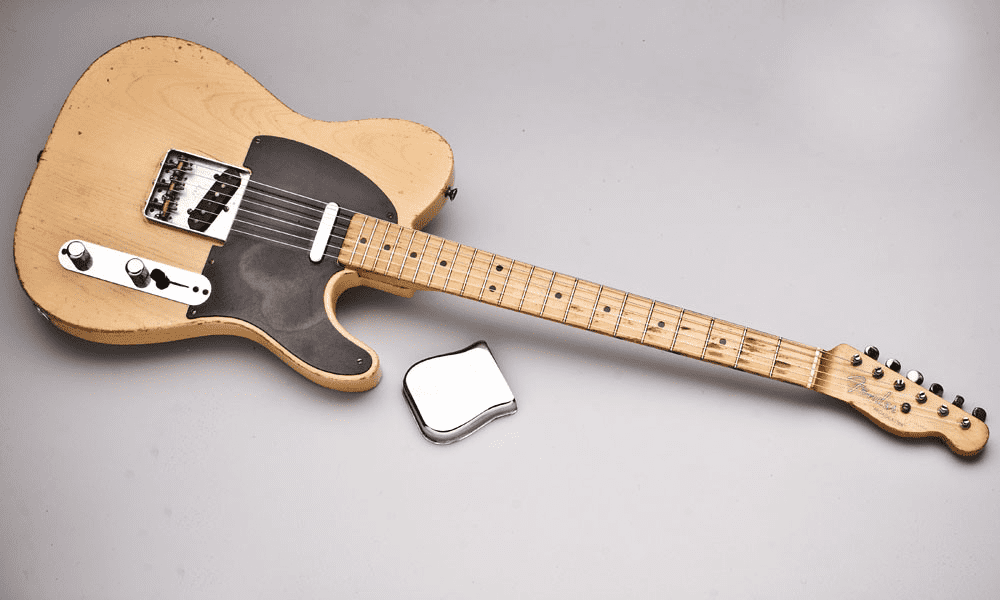
A few months after the introduction of the Esquire, Fender decided to add a second pickup to his guitar, and also, maybe because of the neck bending dilemma of its predecessor, a truss rod in the neck.
This new variant of the Esquire was called the Broadcaster. A name that the Gretsch Drum Company deemed too similar to their registered “Broadkaster” line of drums.
The Broadcaster was surely short-lived.
The Nocaster’s history

Due to the legal action taken by Gretsch, Fender decided to just rip off the “Broadcaster” part of the decal in the headstock of current production units.
This gave birth to what later was called the “Nocaster”. This situation lasted at least for around 8 to 9 months of production while the company was undergoing a trademark search for a new denomination.
Collectors consider the original Nocasters highly prized since they exist in a very limited quantity and are for sure a novelty.
There were no records of production but it is estimated that fewer than 500 Nocasters were manufactured.
Fender has since registered Nocaster as a trademark to further exploit this part of their history.
The Telecaster’s history

Around September 1951 Fender finally decided on a name for the currently unnamed guitar. It was the Telecaster and not much has changed since then.
The Telecaster is one of the rare cases of products that remain the same since its inception over 70 years ago.
And we all know we like it that way.
Main differences between the original Esquire, Broadcasters, Nocasters, and Telecasters
It’s really hard to pinpoint the actual differences between the latter models. As we said before, the earlier stages of Fender’s production were indeed experimental and many specifications changed from month to month.
Of course, the Esquire was different enough with its single pickup and lack of a truss rod.
As for the Broadcaster, Nocaster, and Telecaster ranging from 1950 to 1951 the variations were subtle. And many could be attributed to the nature of artisanal construction where many variables couldn’t be standardized.
Many guitar historians point to the following discrepancies between the models:
- Pickup wounds and materials
- Pickup selector variations, including a “blend knob” at some point
- Neck profiles
- Knob shapes
- Lacquer recipes
As for which variation correspond to which model that’s very difficult to determine since it was a very fluid period in terms of changes.
The next best thing for determining these differences is what Fender nowadays decides for the modern reissues of these guitars.
Modern reissues of the Esquire

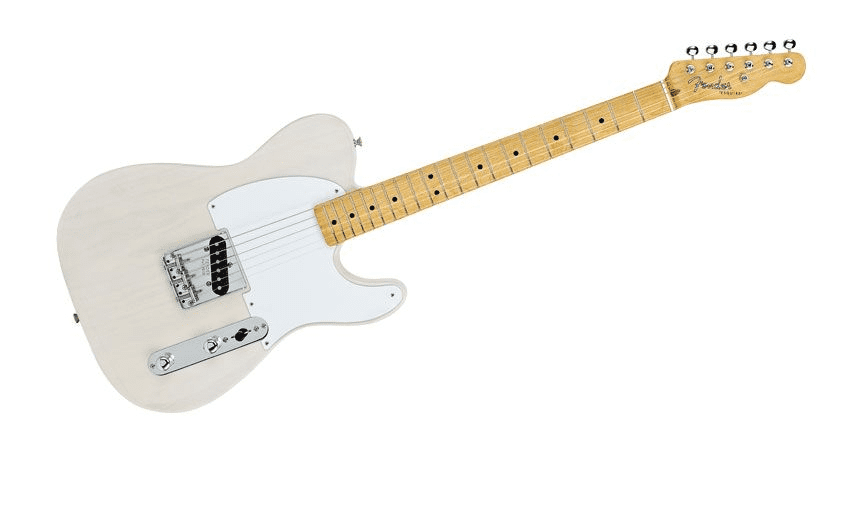

Modern reissue of the Broadcaster
Business for sure is a funny thing and since 2002 the Gretsch company is part of FMIC (Fender Musical Instruments Corp) which meant that Fender could use again the name freely.
And so they did. In 2020 for the 70th anniversary of the Broadcaster Fender launched a limited-edition reissue of this model.
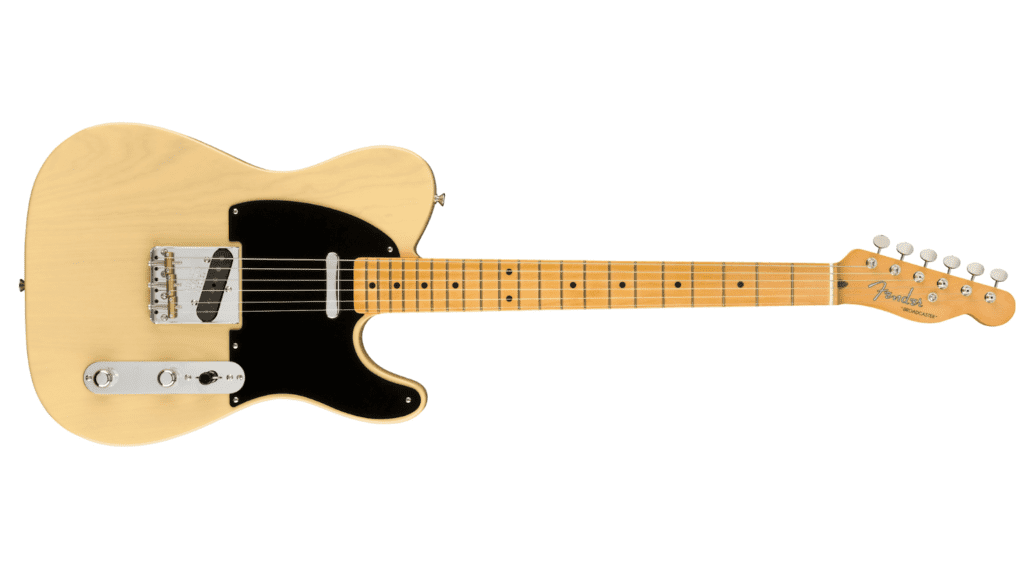
Modern reissues of the Nocaster
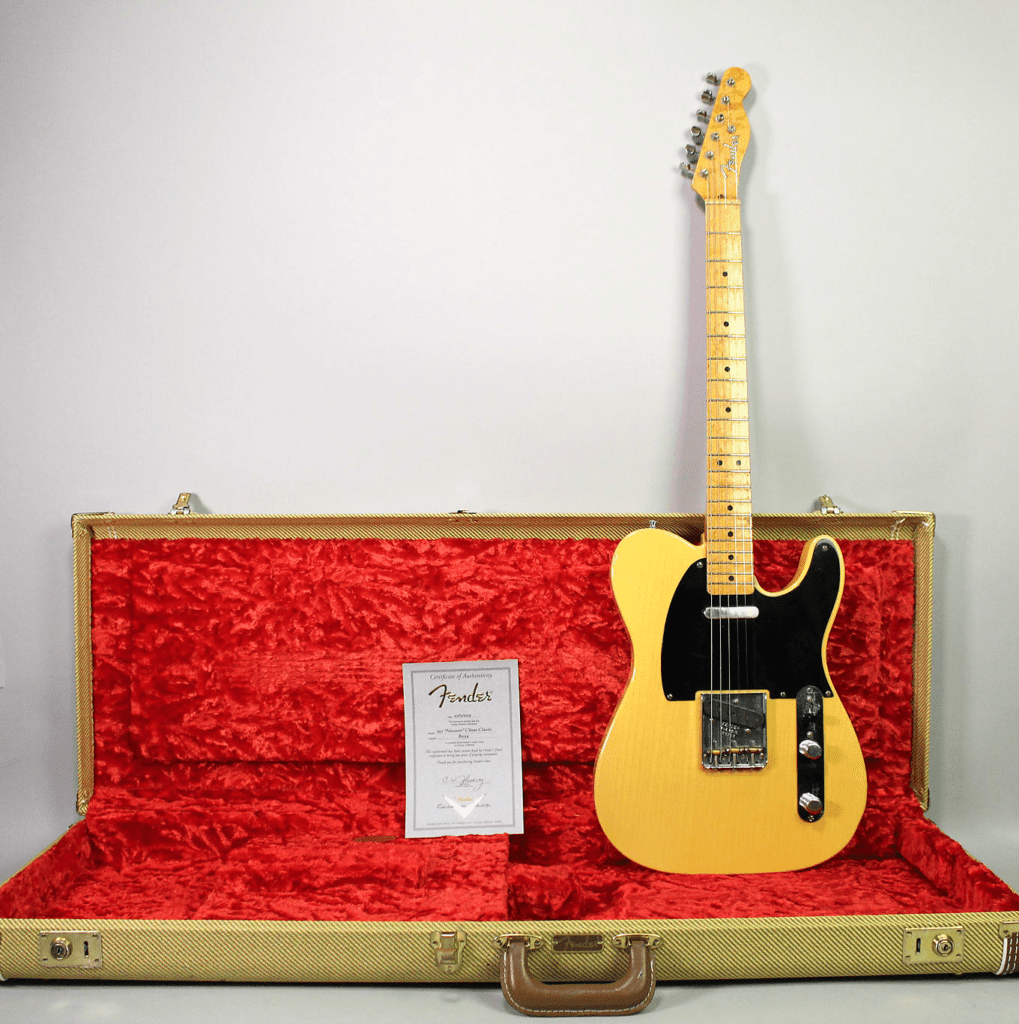
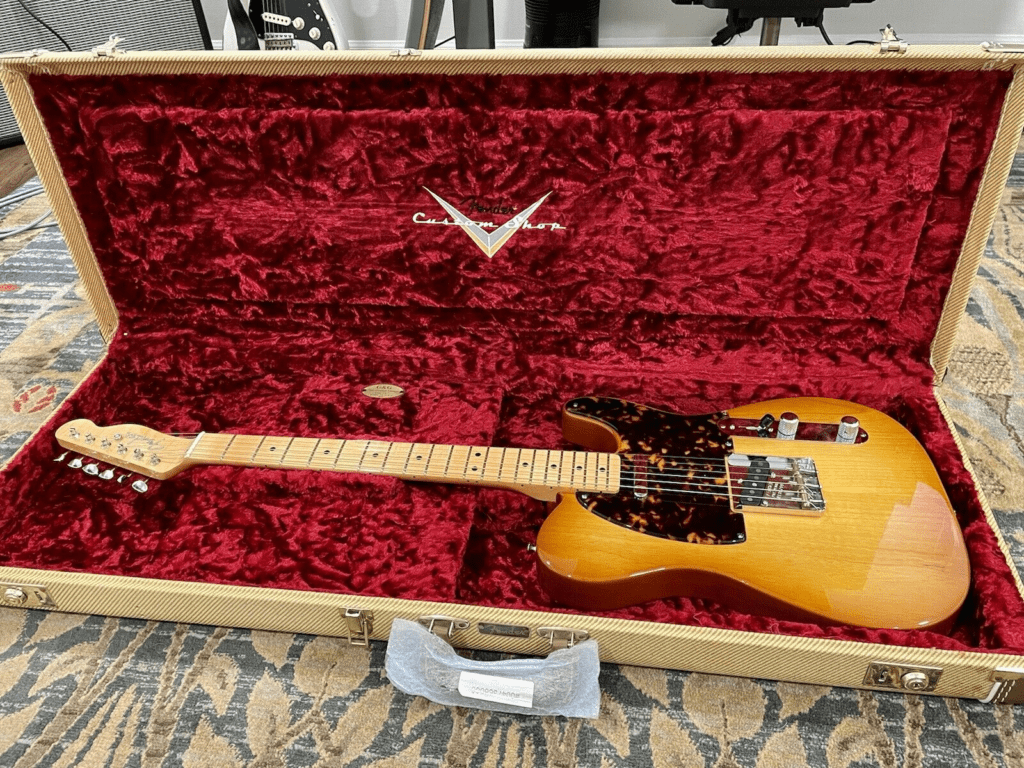
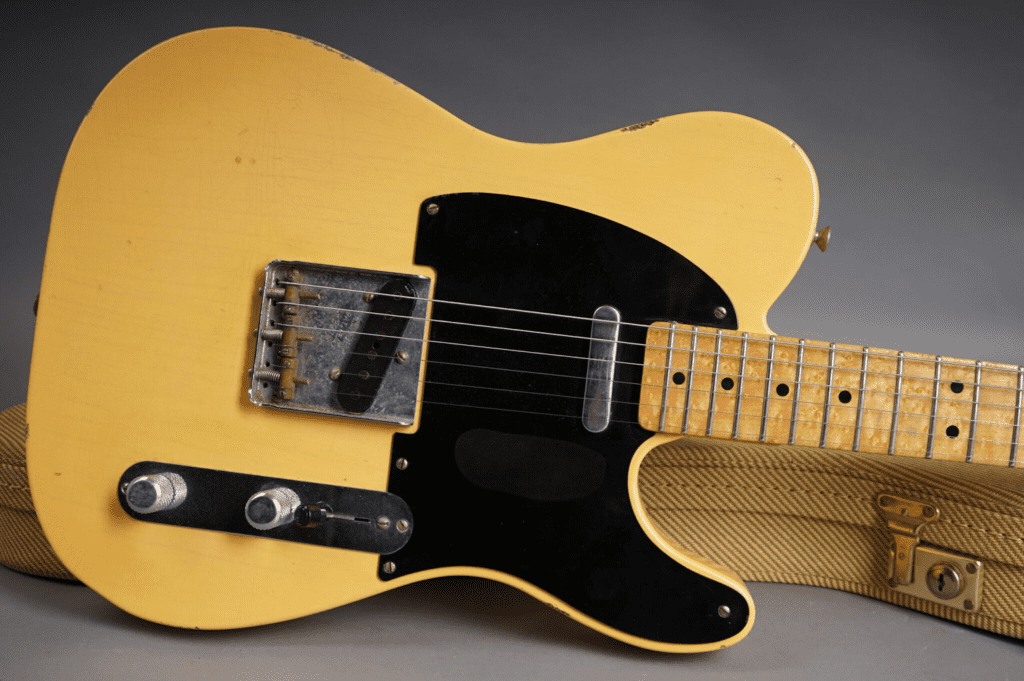

Hello there, my name is Ramiro and I’ve been playing guitar for almost 20 years. I’m obsessed with everything gear-related and I thought it might be worth sharing it. From guitars, pedals, amps, and synths to studio gear and production tips, I hope you find what I post here useful, and I’ll try my best to keep it entertaining also.


